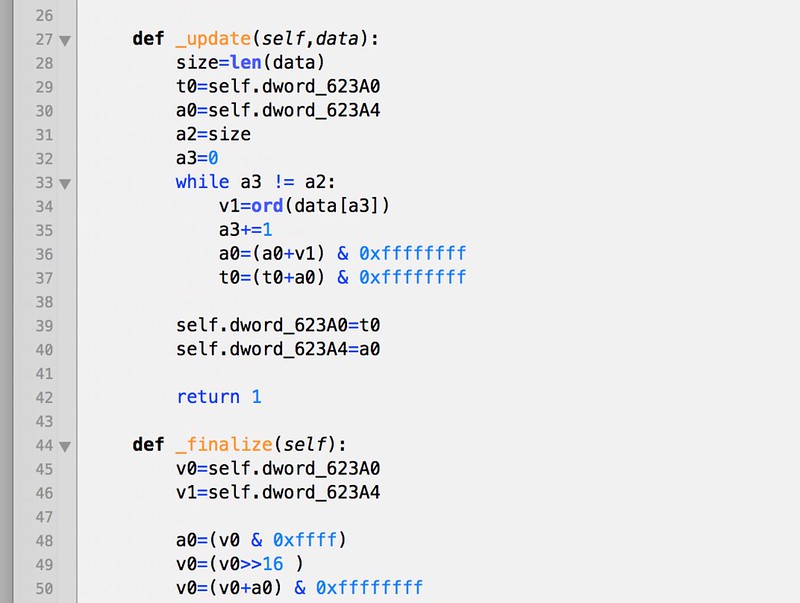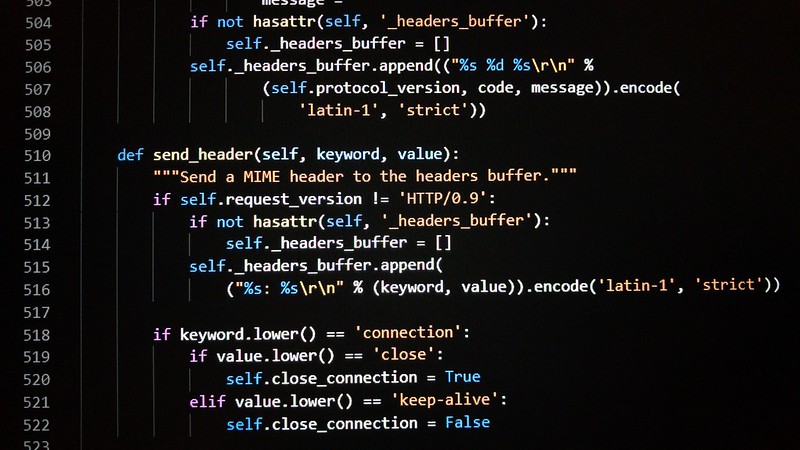
Reading this tutorial has probably reinforced your interest in using Python — you should be eager to apply Python to solving your real-world problems. Where should you go to learn more?
This tutorial is part of Python’s documentation set. Some other documents in the set are:
The Python Standard Library: You should browse through this manual, which gives complete (though terse) reference material about types, functions, and the modules in the standard library. The standard Python distribution includes a lot of additional code. There are modules to read Unix mailboxes, retrieve documents via HTTP, generate random numbers, parse command-line options, compress data, and many other tasks. Skimming through the Library Reference will give you an idea of what’s available.
Installing Python Modules explains how to install additional modules written by other Python users.
The Python Language Reference: A detailed explanation of Python’s syntax and semantics. It’s heavy reading, but is useful as a complete guide to the language itself.
Further Python Resources
Python.org: The main Python website containing code, documentation, and links to Python-related resources across the web.
Python Documentation: Fast access to Python’s documentation at docs.python.org.
PyPI (Python Package Index): An index of user-created Python modules available for download. Once you begin creating your own code, you can register it here for others to find.
Python Cookbook: A collection of code examples, modules, and useful scripts at code.activestate.com/recipes/langs/python/. Notable contributions have been published in book form.
PyVideo: A collection of links to Python-related videos from conferences and user-group meetings.
SciPy: The Scientific Python project includes modules for fast array operations and packages for linear algebra, Fourier transforms, non-linear solvers, random number distributions, statistical analysis, and more.
Getting Help
For Python-related questions and problem reports, you can post to the newsgroup comp.lang.python, or send them to the mailing list at python-list@python.org. The newsgroup and mailing list are connected, so messages posted to one will automatically appear on the other. There are hundreds of daily posts with questions and answers, feature suggestions, and module announcements. Mailing list archives are available at mail.python.org/pipermail/.
Before posting, check the Frequently Asked Questions (FAQ). It answers many common questions and may already contain the solution to your problem.






